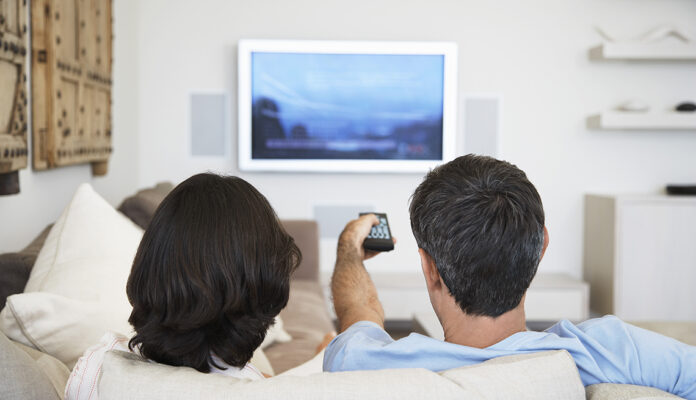If you’re experiencing problems with your TV reception, then a word of advice would be to try and improve it by using the various methods that we will provide in this article.
Bad TV reception is nothing unusual, and it can happen quite frequently to anyone. It’s usually because of external factors such as bad weather, mountains or other large structures blocking the signal, and many more.
Lucking for you, there are ways to do it and we will talk specifically about that.
So, without wasting too much of your time, let’s start.
1. Install Your Antenna Outside
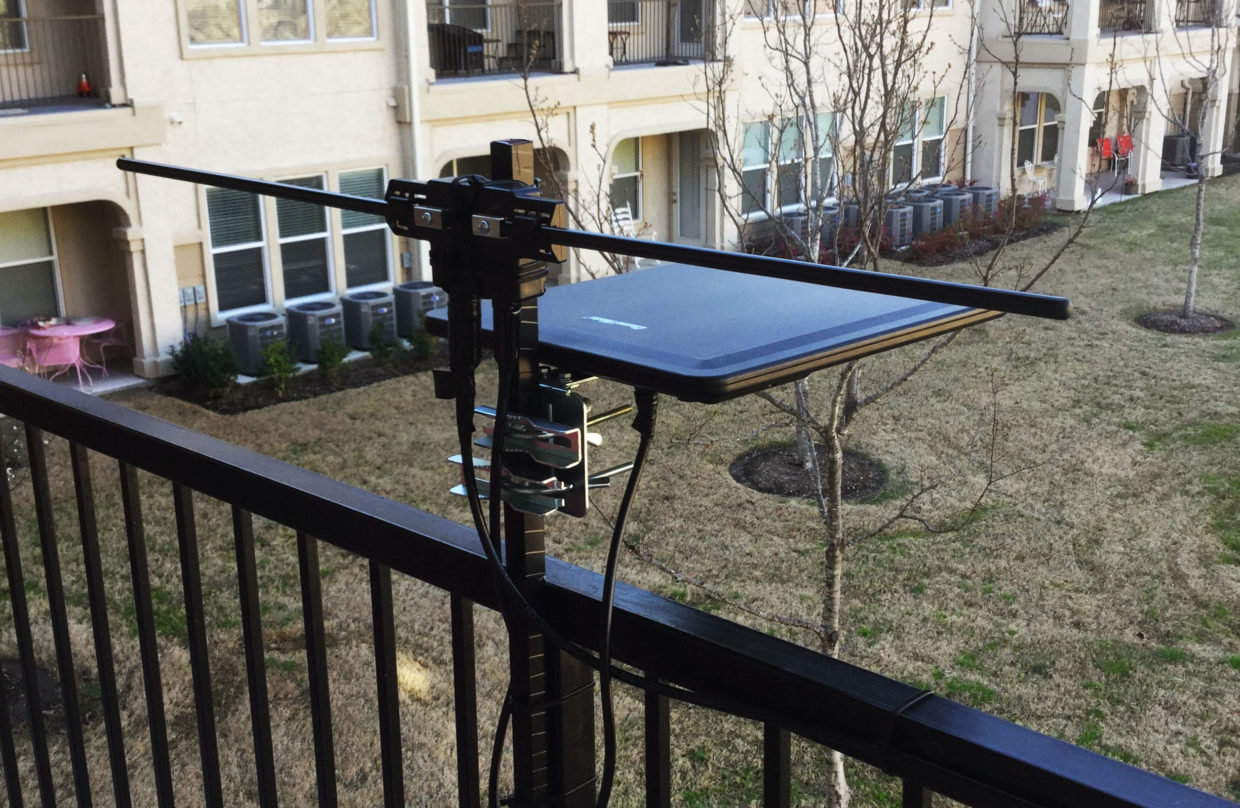
If you’re using aerial TV, then you must install it outside. There is a very good reason why most Americans install their aerial TV antenna on their chimneys.
The reasoning behind it it’s that the signal can easily be intercepted by having your antenna as higher as you can. This also provides a fixed point from where the signal can be intercepted and relayed onto your TV.
But, this will only work if there are no structures blocking the path between the receiver and interceptor. This is why you install the antenna outside, and you do it as higher as you possibly can.
2. Get a Higher Gain Antenna
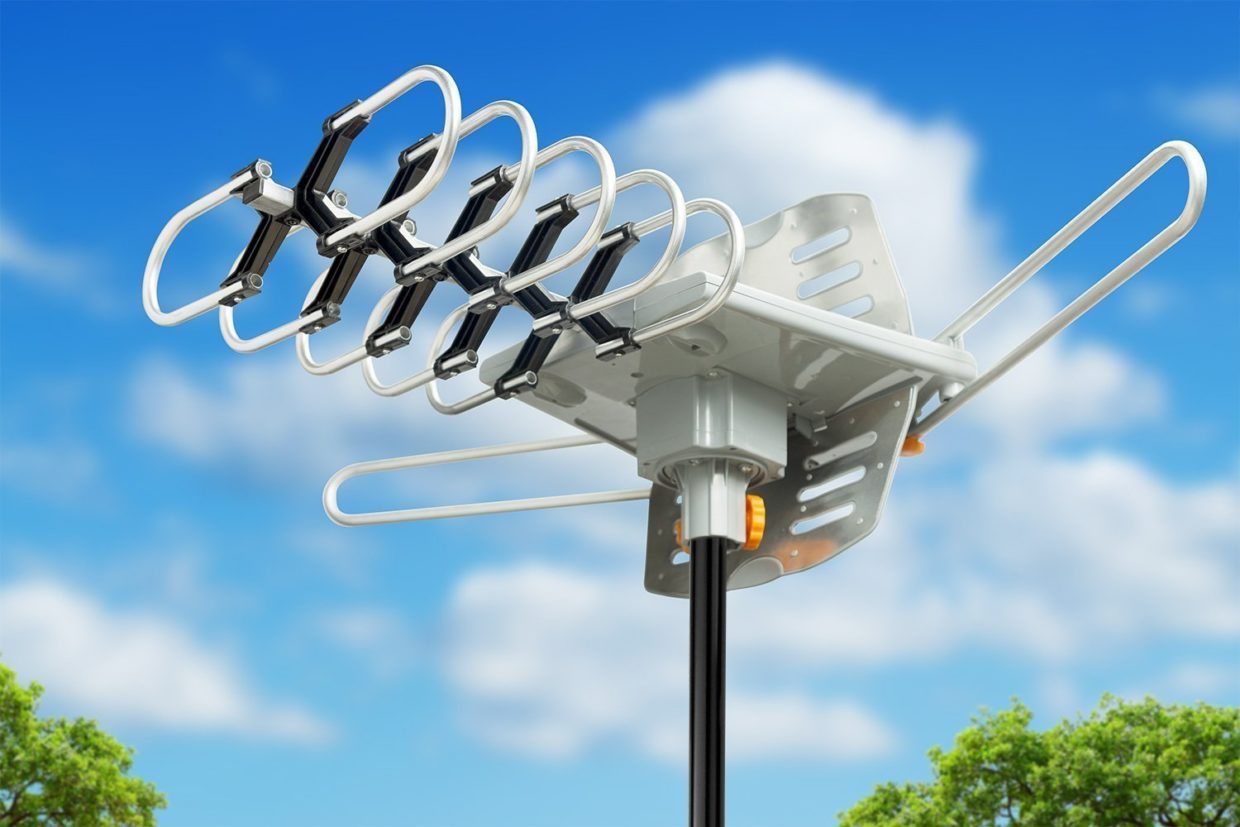
It goes without saying that different antennas come with different capabilities.
The ones that cost more are usually able to do a better job under various circumstances. If by any chance you’re unable to install your antenna on your chimney, or if there are still structures blocking the reception, then a smart thing to do would be to get a higher gain antenna.
Higher gain antennas are essentially better versions of normal antennas since they work by having more elements that help bolster the reception. This results in better performance and a drastic improvement in your reception.
One thing to note is that these are much larger than normal aerial TV antennas. Sometimes, these can be as much as four times larger than normal ones.
Naturally, this means you should check and see whether you have the necessary infrastructure to support a higher gain antenna.
3. Align The Antenna
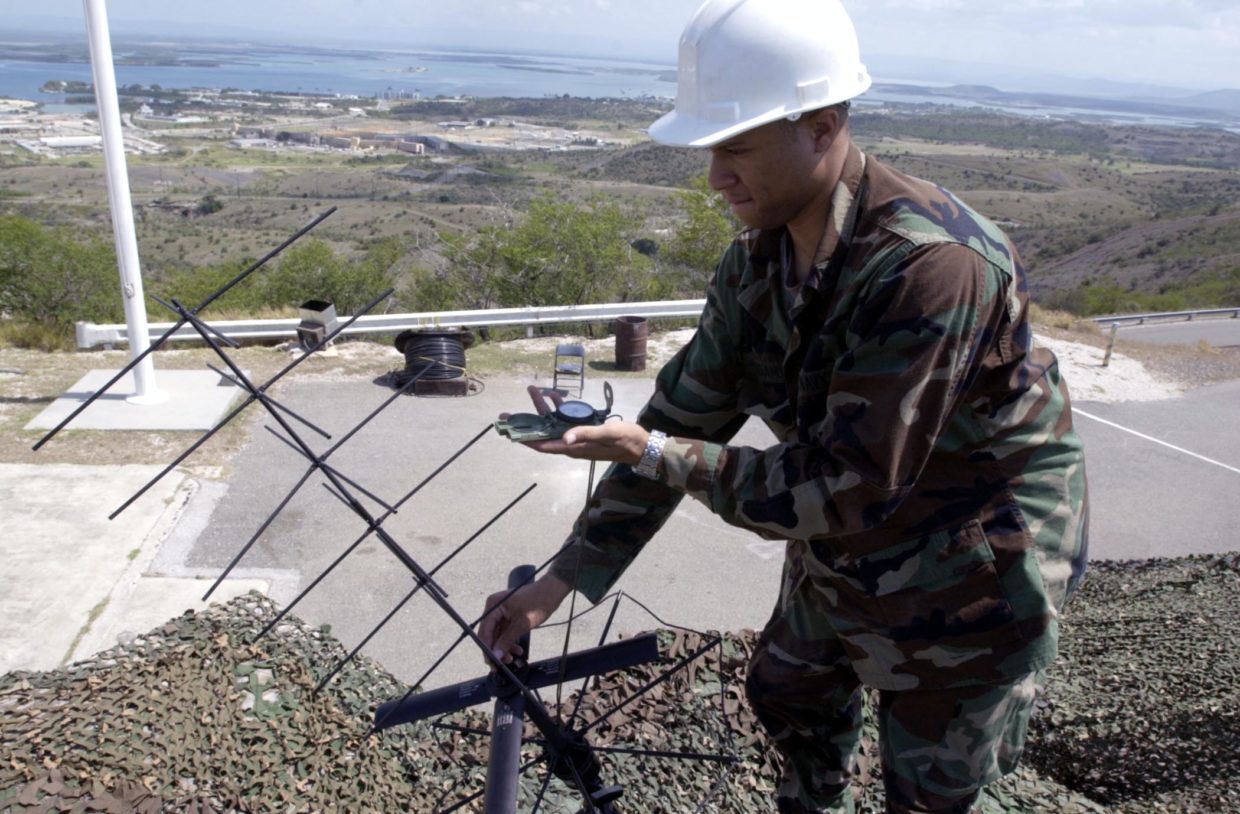
A very easy thing to do that could prove to be the solution to your problem is to align the aerial TV towards the incoming signal transmitter.
Some antennas require this method, such as the previously discussed higher gain, but others don’t. If you happened to own one that does require, then you might need to climb on your roof and start aligning towards the signal transmitter.
This can potentially solve many issues related to bad reception, so it is generally something you should do first as it is seen as a very cost-effective method.
However, accurate aligning can sometimes be very tricky under different circumstances. It is precisely because of it that you should always seek professional help in aligning or structuring your aerial TV.
For more information on where you can find one of these pros, make sure to click here.
4. Amplify the Signal
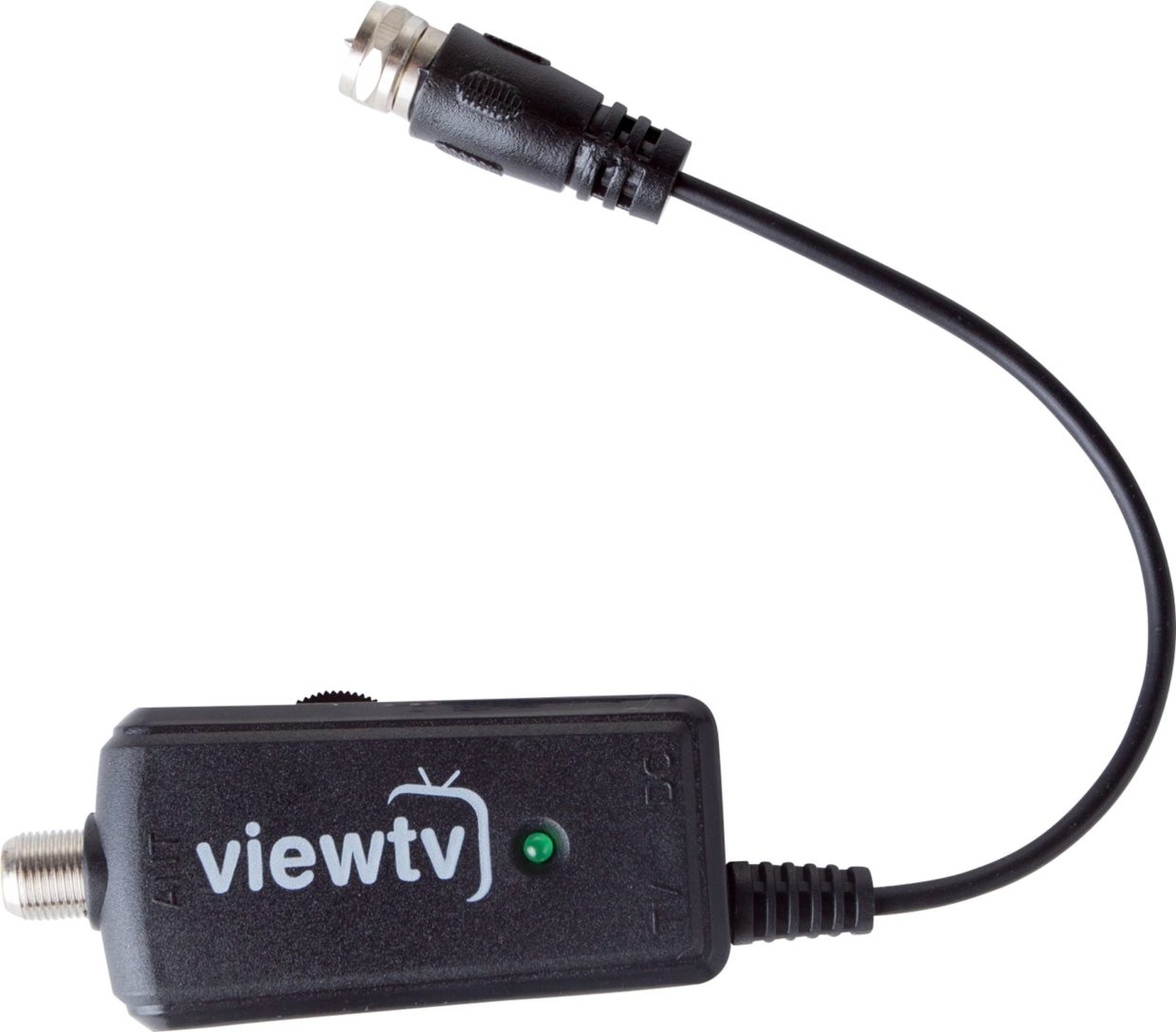
Okay so you’ve tried installing it outside on your chimney or on any other highest point around your property, but you’re still getting nowhere.
You’ve also tried installing a higher gain aerial TV and even tried aligning, but still, nothing works.
Well, if this is the case, then the signal definitely needs amplifying as it cannot reach your receiver. When this is the case, installing a masthead amplifier is probably a reasonable thing to do.
When installing the amplifier, it is most advised that you do it as close to the antenna as you can. This is because the amplifier effectively boosts the reception by increasing the antenna’s ability to intercept the signal. So, the closer you have it installed the more it will affect the antenna’s strength.
However, in the case of using a masthead amplifier, as opposed to an ordinary amplifier, you don’t need to climb back on top of your roof. You can perfectly place it behind your TV and connect it with the antenna.
Before you install the amplifier, make sure to consult with a professional as the process isn’t as straightforward as it sounds.
5. Remove Splitters
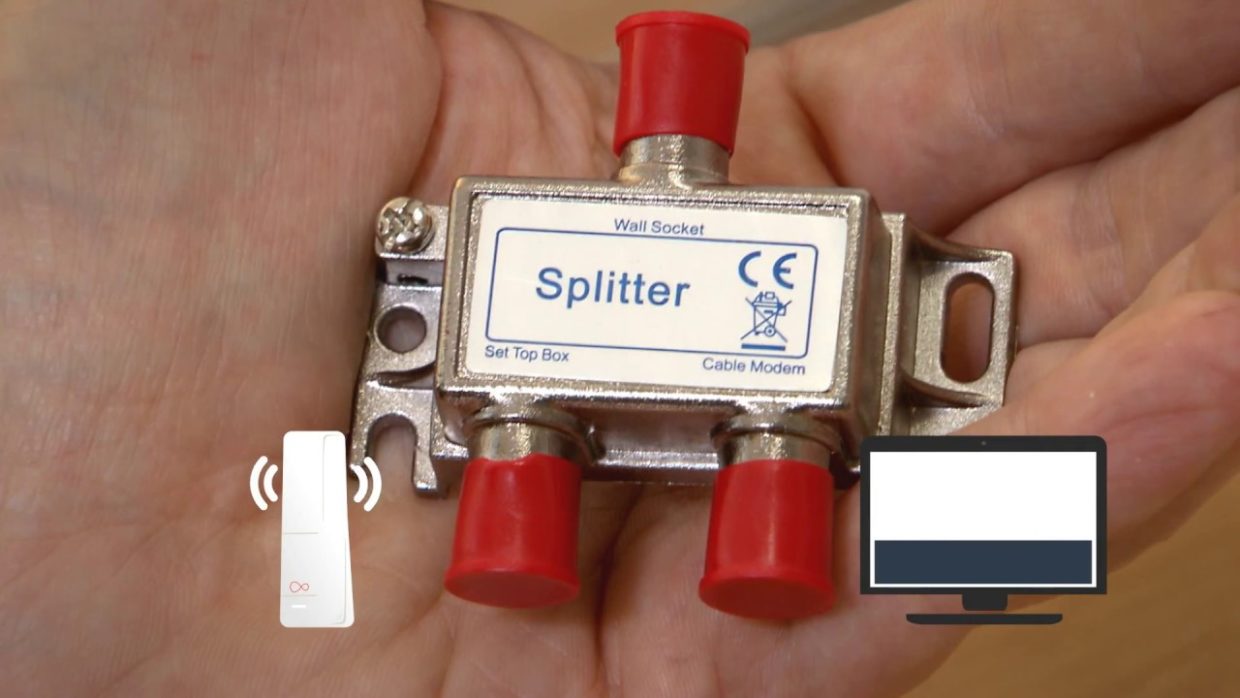
On the off chance that you’re running multiple TV’s through one point (one aerial), then chances are you’ve been advised to use a tool called a passive splitter.
Passive splitters effectively split the signal between all the TV’s that are put on the same connection. As you might assume, this is a very bad thing to do as not one TV get’s the optimal signal needed.
With all that said, this was an issue in a time long past. Nowadays, we’re perfectly capable of doing this since we have the technology for it.
Regardless, we’ve explained the problem, and you’re still experiencing it. What now?
Well, even in a weak signal area you can run as much as four TVs with no signal problems what so ever. However, running more than the optimal number could present itself as an issue.
Even if you’re experiencing problems for less than four TVs, what you need to do is remove the splitter and install a distribution amplifier with the same number of outputs as you have TVs.
As you might expect, the amplifier will amplify the signal and easily transmit it through all of your TVs on a 10dB signal gain.
6. Coaxial Cables
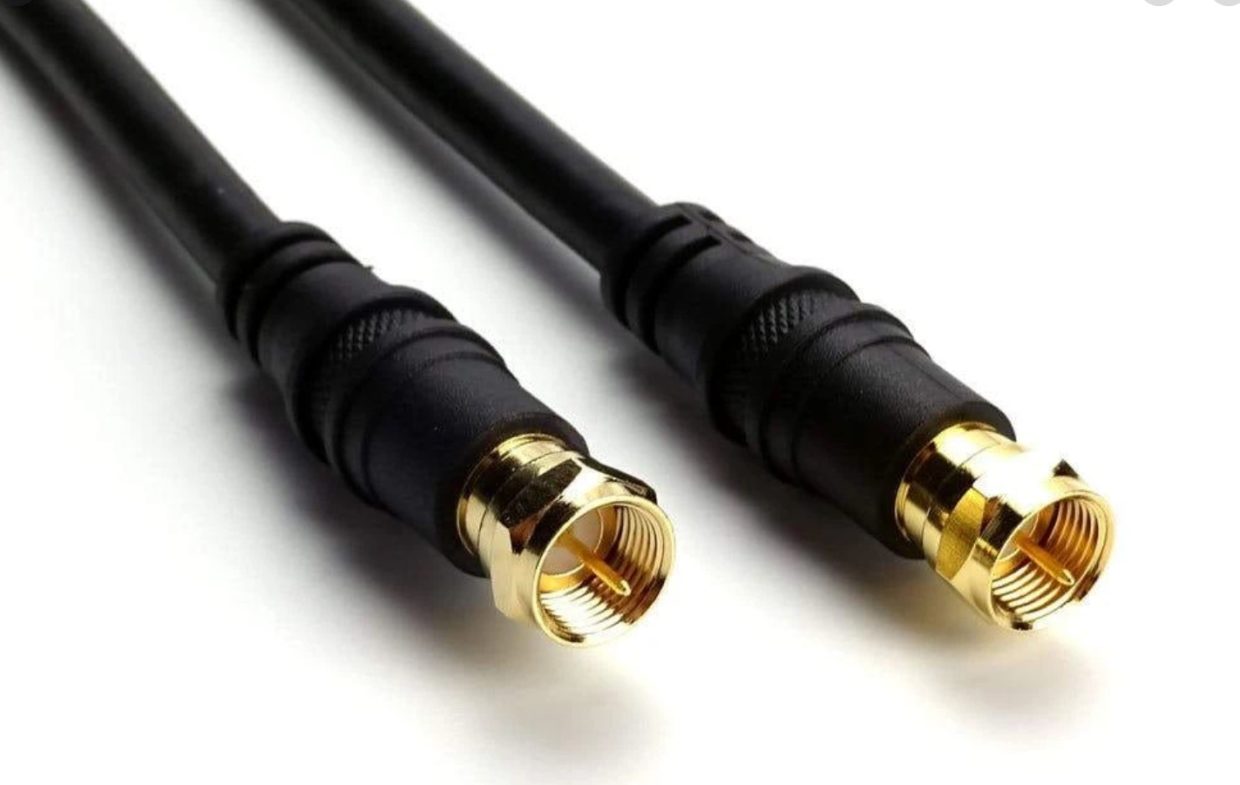
A coaxial cable is nothing more than a cable that connects the antenna with your TV set.
However, some of the reception issues can be closely tied to the quality of this cable. To put it briefly, if the cable is of poor quality, then the signal might have issues when it goes through it and to the TV.
This issue can be very easily solved if you simply go out and purchase a quality coaxial cable to replace your current “low loss” cable. Also, other issues such as a stranded center conductor could be the problem, but they’re easily solved by replacing the cable, again.
This is yet another cost-effective solution that a seasoned professional will notice in an instant.

